Issues facing the medical delivery system today
Health Care Providers
(hospitals, hospital management companies, ACOs and CINs, medical practices and ancillary health providers, e.g. physical therapists)
Health Care providers are enslaved to a 3rd party payment system that controls how money is exchanged for the provision of medical services.
HC providers operate under a false assumption that the “payer” is the insurance company – in reality, the insurance company is just a “middle-man” that has gamed the system in their favor.
The problem is that too much money gets extracted between the party that funds the cost of care and the party that provides the service.
A secondary, but equally important problem, is that insurance companies do not have the ability to improve health. Without improved health, the portion of our country’s GDP spent on health care will never improve. The insurance companies promote an illusion of medical management resources by deploying “tools” of their trade – pre-certification & medical management “services”, utilization review & claims adjudication algorithms, care re-direction alternatives (e.g. on or near-site clinics), and, more recently, population health data analysis, telephonic care intervention & patient risk scoring. All of these tricks of the trade are designed to limit or restrict medical care at a lower price per unit. In addition, all of these “tools” represent a means to deploy their marketing strategies and do not address an individual’s personal health. If you do not believe this, then produce a sample of patients in your realm of medical care who have improved their health as the result of an insurance company’s involvement.
To resolve this conflict, HC providers must approach their business by changing the game and not just the playing field itself. By just focusing on the where the game is played, HC providers get sucked into “partnerships” with payers (ACO or CIN shared-savings arrangements or Medicare Advantage plans or even community health plans) which are simply insurance company-designed programs that purport to share risk with HC providers by splitting a portion of the “medical claims expenses”. In reality, these strategies deflect the problem away from the insurance company’s profit model and do not change the fundamental issues of individual health and control of funds.
Health Care funds controlled by the insurance company are split into 3 categories:
Administration costs
Insurance costs
Medical Claims Costs
HC Providers have allowed insurance companies to concentrate a focus on Medical Claims only as a means to controlling overall costs, even to the extent sharing so-called “savings” in medical claims expenses with HC providers. This is a trap. By focusing on one piece of the pie, HC providers give the insurance company unfettered control over the other 2 categories. Insurance companies have little to no incentive to control administration costs – these are the costs to process claims and run the Ponzi scheme of money laundering – and HC providers have no control over how they spend these dollars. Yet, as HC consumers, we all pay these bills on behalf of the insurance company.
HC providers also receive incomplete information & reporting about how the “insurance costs” component is performing – consumers also fund these expenses. The questions HC providers must begin to get their arms around represent new frontiers for them - matters like how much profit a stop loss insurance carrier makes on an employer-sponsored health plan, or e.g. $ in versus out for the re-insurance component. While the health insurance company is reporting medical loss ratios (item c. above) greater than 100%, meaning that actual paid medical claims exceeded the “budget” the insurer established for this component, they are at the same time making big profits on re-insurance, again all funded by the consumer. HC providers have abdicated a throne they never knew even existed, giving the insurance company total control over funds the insurance company either pays to themselves or that they receive profits from the re-insurance premiums that exceed medical claims in “excess” of the aggregate stop loss amount – all technical jargon and schemes that permit the insurance company to legally take funds from HC providers and consumers.
HC providers must begin to play an active role in changing the game that the insurance companies have been playing (for over 50 years). How?
First, by taking control over the data; insurance companies have power because they control (and limit) HC data of all sorts. When data is released to HC providers, it is trickled out from the insurers, not only is the information incomplete, but what is provided leaves a cloud of confusion over how it should be used, all the while limiting providers’ ability to make decisions about the right medical care in the most appropriate locale/setting.
Second, by assuming a portion, or potentially all, of the risk. Insurance companies are masters at shifting risk off or away from themselves to others. They then turn this risk into huge profits. Risk can be described simply as making sure that the costs of medical services are pooled within a defined market in ways that limit overall HC costs for each stakeholder in the HC market (i.e. insurance). HC providers can assume this risk and lower a market’s overall HC cost by using predictive modeling (data) and providing most, if not all, of the medical services needed in a specific market. This can be accomplished without sending huge sums of money to insurers outside the market. By keeping more funds in the local market to take care of local consumers, local medical services can be enhanced and more focus (and budget) can be placed on health prevention and better health outcomes.




